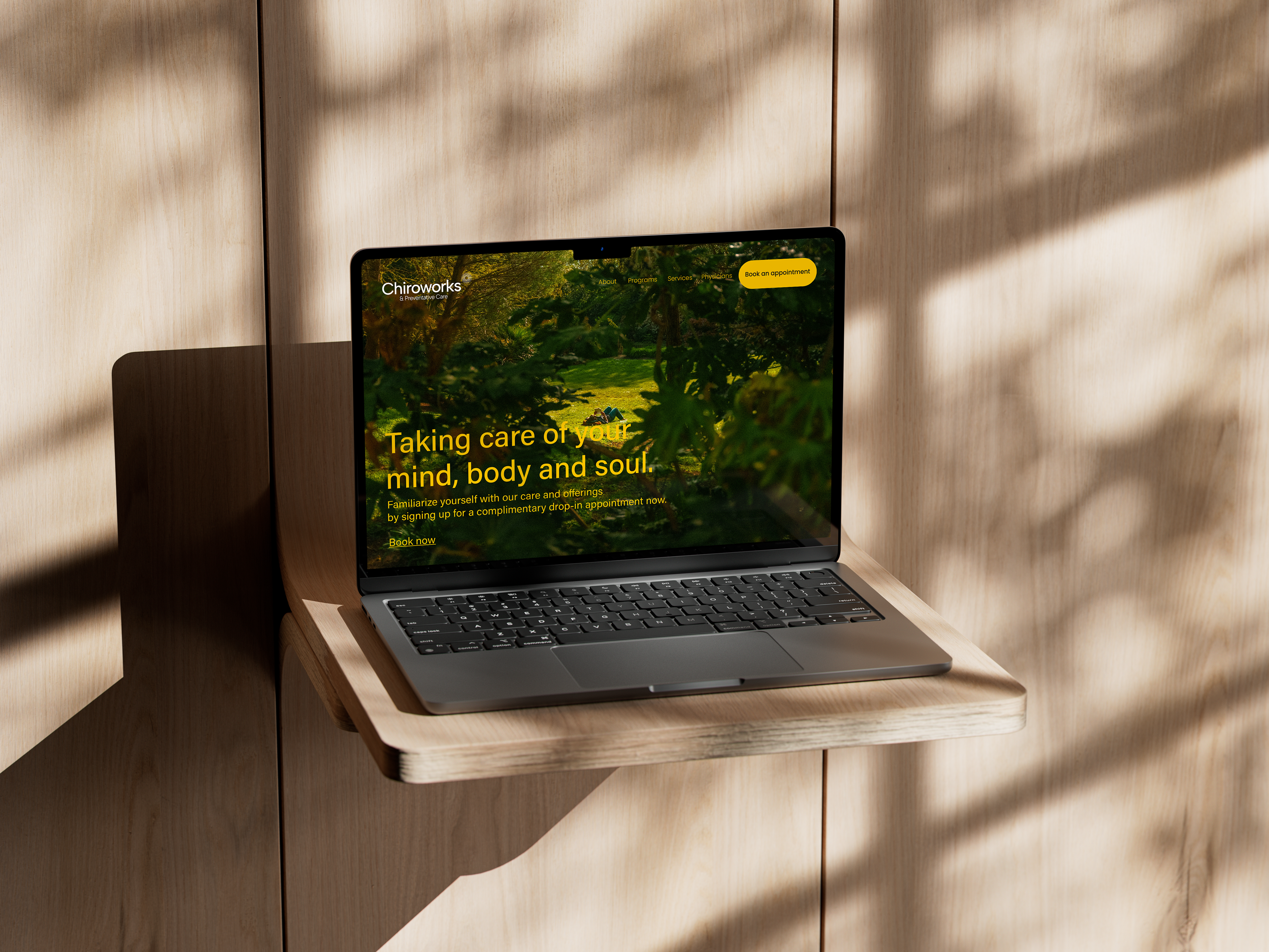Targetist is an innovative AI-based software designed to automate task scheduling and streamline productivity.
The primary goal of this application is to minimize the time users spend scheduling their daily tasks, allowing them to focus on more essential aspects of their work.
Date: September 2023
Role: Product Design at Burgess Institute
Key design elements allowed me to successfully hit these objectives: Created a distinct yet familiar logo mark features a dartboard with a checkmark pinned right on the bullseye, symbolizing the completion of a task successfully.
This resulted in a revitalized brand with a clear mission and vision, thanks to the strong yet minimal logo mark that scales perfectly across media. With this rebrand, the nonverbal cues associated with this brand strongly convey what the brand stands for; simplicity and productivity and the collective goals of minimizing wasted time and allowing users to achieve their goals.
Case Study & Product Design
In conducting our research, I engaged in in-depth interviews with a diverse number of individuals, including, students, entrepreneurs, and mentors. This approach enabled me to gain different perspectives on the challenges faced by students and young adults. A reoccurring pain point was the lack of community and collaboration in completing tasks. It can often feel like a lonely road on the road to adulting and found there was a collective desire among students to form a community around this idea, fostering a network of likeminded individuals to motivate each other to achieve goals together.
Key research findings found:
90% of college students procrastinate, while 25% become lifelong procrastinators.
88% want to improve their ability to manage time.
50% of students do not have a method of organizing tasks.
This process aligned with my research, highlighting students' desire towards utilizing social factors such as aspects of social media, as well as professional platforms such as LinkedIn in order to facilitate a healthy productivity platform.
These low-fidelity wireframes helped my visually understand the skeleton of what I intend to build. This structure targets some of the key pain points from my research for example the ability to connect and contact with likeminded users, customize and plan the app around your day, and foster a network and collaborate with communities working towards similar goals.
To reflect, I was excited to conduct tests and using it as a foundation to build design from. The research phase really helped me as a designer bridge the gap in understanding, as well as building strategic reflections and creating a vision for the next steps. Unfortunately due to time constraints, I was not able to further continue building prototypes, but believe as a personal project, these high fidelity wireframes are the skeleton to expand upon in the near future.
The key insights I learned from this project was the importance of understanding all aspects of design. From developing the visual and brand identity, to conducting research to greater understand the users pain points, my goal with this project was to fully immerse myself in as many aspects in order to become a more well informed designer.





